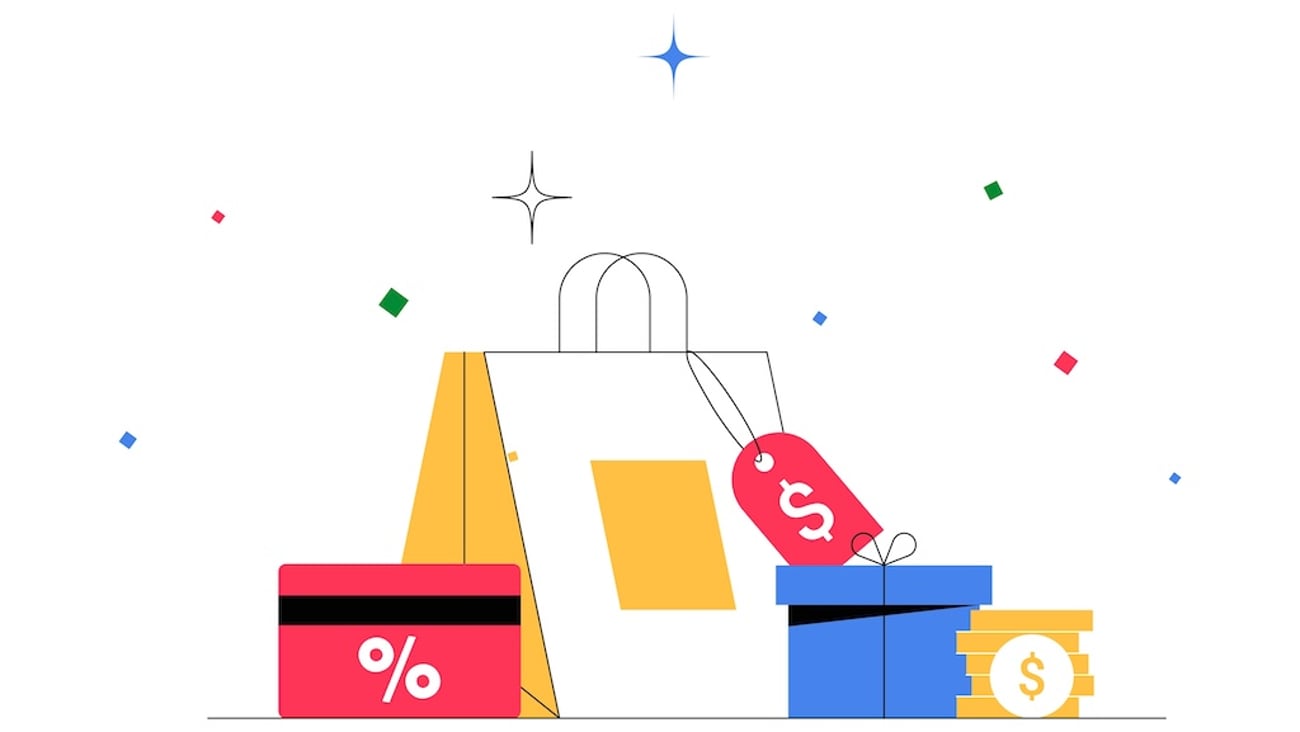As prices soar, Canadians find new ways to save
Inflation has driven up costs across categories. Meanwhile, the Bank of Canada’s interest rate hikes is making borrowing money more expensive.
It’s no wonder Canadian consumers are highly cognizant of rising prices at the supermarket. The latest numbers from Caddle show that shoppers aren’t just aware of inflation’s impact in the grocery store in the past three months, but they’ve been actively changing their shopping habits to soften the blow.
Surveying a panel of 3,126 primary shoppers across generations, Caddle’s shopper intelligence insights found that soaring costs are top of mind from coast-to-coast. A whopping 92% of Canadians agree food is more expensive than it was just three months ago.
Consumers across the country say they’ve noticed costs creep up across grocery categories from meat to dairy to fish and seafood. Not only are products more expensive, but shoppers also say they’ve noticed a reduction in value.
There is some regional variation to which products have seen the most dramatic price hikes. In British Columbia and Saskatchewan, for example, 30% of shoppers say they believe the price of vegetables has increased the most, while 60% of Prince Edward Islanders say fruit has seen the steepest hikes.
On the whole, however, shoppers nationwide think meat prices have gone up the most over the last few months, and they’ve adjusted their spending habits accordingly. Most consumers – 61% – say they’re buying less meat due to those rising prices.
[Read more: “Consumers buying less fresh meat, looking to produce and dairy for alternatives”]
Avoiding certain products altogether is one strategy Canadians are using to save at checkout, and the approach consumers take to being more frugal with their spending has a lot to do with their age.
More than half of shoppers nationwide say they’re foregoing national brands and adding more private-label products to their carts. Despite their awareness of rising prices, compared to other generations, members of the more financially established baby-boomer generation are least likely to report any changes to their shopping behaviours.
It’s a very different story among younger generations. In fact, both gen Z and millennials are employing a variety of different tools and strategies to economize on groceries.
More than half of Canadian shoppers across generations say flyers are helping them find deals and nearly 46% of consumers are turning to coupons for savings. In other words, while coupons are increasing in popularity, generally they aren’t shoppers’ favourite way to save. When it comes to gen Z, though, coupon uptake has been significant and more than 60% of zoomers say they’ve increased their coupon use in the last few months.
[Read more: “How grocers can get a handle on gen Z”]
A smaller number of consumers see expiry date deals as a chance to save, with nearly 47% saying they seek out soon-expiring products, with nearly 36% of these shoppers looking for “enjoy tonight” stickers. But the behaviour is even more pronounced among gen Z, with more than half of zoomer shoppers saying they’ve upped their purchases of fast-expiring products in recent months.
That generational trend continues when it comes to scouting out sales ahead of time. In fact, the vast majority of gen-Z shoppers plan ahead, besting their elders when it comes to budgeting. More than half of both millennial and gen-Z shoppers say they consistently or regularly follow a budget, compared to just 42% of boomers. Overall, budgetary discipline is less prominent than one might expect, suggesting Canadians are willing to make exceptions when they’re in-store.
Indeed, nearly 75% of respondents claim they know food product prices before they arrive in-store. Such a high number is surprising. It may indicate consumers overestimate their understanding of pricing dynamics and the frequency of price changes.
What’s clear is that smartphones have taken on a new purpose when pinching pennies. Both millennials and gen Z – and to a lesser extent gen X – say they use their phones to compare prices with other stores while shopping. More shoppers are also using calculator apps mid-shop, with the exception of boomers.
With several compounding factors at play, the motivation to save is strong, especially for younger demographics, and shoppers are combining strategies to cut their spending. With the threat of a recession looming, it remains to be seen if these habits become more pronounced across generations in the months ahead. Regardless, it’s clear that collecting data in real time has become an indispensable addition to the shopping experience.
This article was first featured in Canadian Grocer’s March/April 2023 issue.





